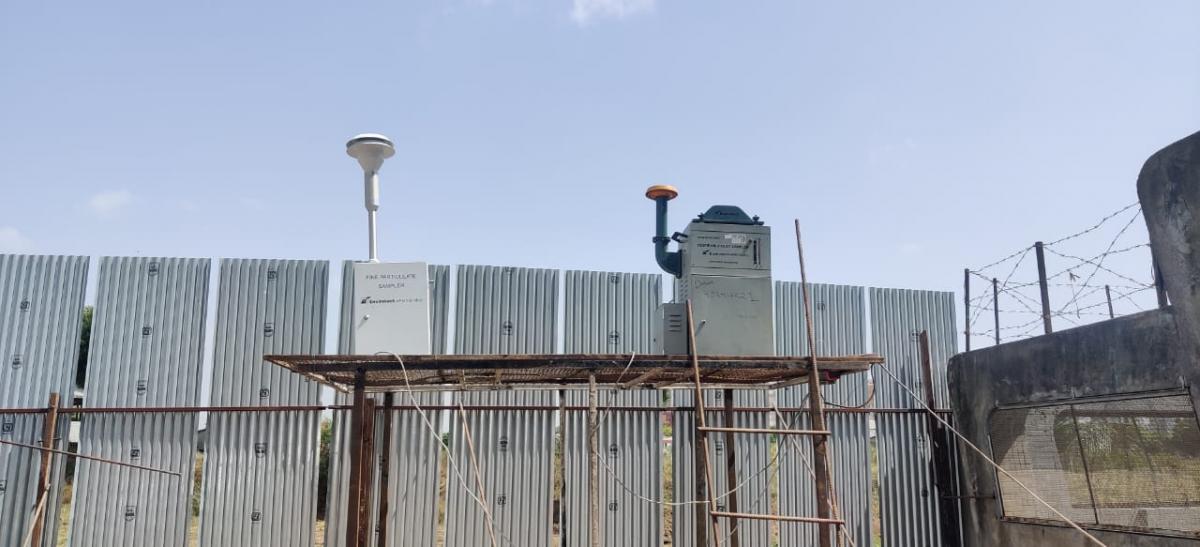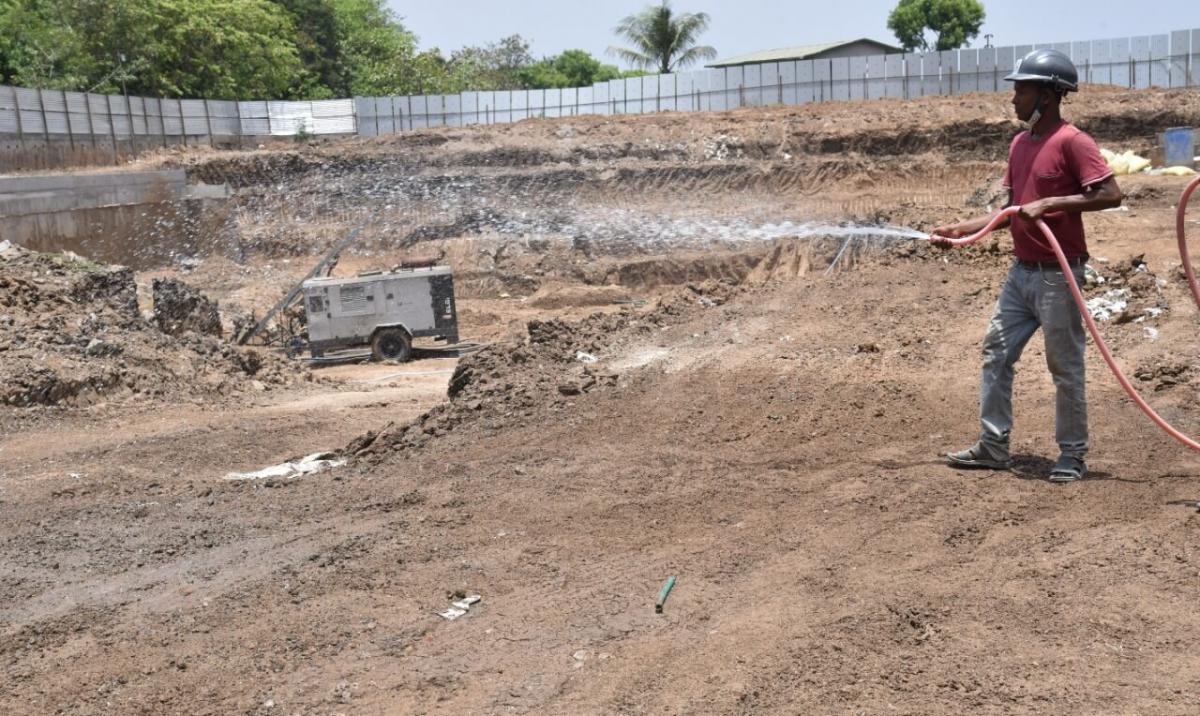Why Urban India Needs a Clean Construction Approach
by e -
Clean construction practices not only improve air quality but also serve the construction sector, and the country’s economy, by limiting the need for penalties and bans.
Globally, air pollution is one of the biggest environmental risks to health, claiming over 1.67 million lives in 2019, in India alone. Breathing poor quality air also impacts the economy. The fatalities in 2019 resulted in a loss of revenues of USD 36.8 billion, a staggering 1.36% of India’s Gross Domestic Product (GDP). Taking cognizance of this issue, the Government of India launched the National Clean Air Programme (NCAP), in 2019, that aims to reduce air pollution levels by 20-30% by 2024.
In India, Particulate Matter (PM2.5/10) is a grave cause of concern, followed by Nitrogen Dioxide (NO2), Carbon Monoxide (CO) and Ozone (O3). The sources of these pollutants range from road traffic, industry, and biomass combustion (for cooking) to agricultural residue burning and the construction industry. Among these, PM2.5 poses a significant health risk as it can travel deep into the lungs and even enter the bloodstream.
Construction activities are a major contributor to particulate matter across urban India, which has led some cities to take stringent initiatives to limit air pollution arising from construction. For instance, Delhi NCR is enforcing penalties and limiting construction during high pollution episodes, as part of its Graded Response Action Plan (GRAP). The construction industry is the second largest contributor to India’s GDP, after agriculture, and is expected to become the third-largest construction market worldwide by 2025. Such blanket prohibitions adversely impact both the construction sector as well as allied subsidiary industries such as cement, steel, brick, timber and building supplies.
Instead of enforcing strict prohibition for non-compliance, a balanced strategy of equipping stakeholders with the necessary knowledge, and imposing strict fines to ensure ‘clean construction’ should be employed.
What is Clean Construction?
The ‘Clean Construction’ approach promotes the reduction of air pollutants from construction activities by adhering to rules and regulations and implementing appropriate mitigation measures. However, factors such as climate, soil type and limited sectoral knowledge impact the actual implementation of clean construction practices.
Clean construction practices require air quality monitoring to obtain data on polluting construction activities, in the upwind direction, and evaluation of potential control measures. Other best practices are engineering controls that include methods like wet processes, process isolation, ready-mix concrete, ventilation system and a personal protective equipment (PPE) program to limit air pollution and worker exposure. Administrative management controls, such as the setting up of clean construction pilot sites for assessing mitigation measures based on local conditions, further help in wider uptake with pilot sites doubling up as capacity-building demonstration locations.

Cities such as Surat, have published guidelines on clean construction practices, adapted to local topography, building practices and degree of air pollution. The Surat Clean Construction Handbook covers individual construction activities and suggests appropriate measures to reduce air pollution.
Capacity Building is Key to Clean Construction
Clean Construction guidelines are largely designed for builders, engineers and government officials. However, these guidelines must be communicated to the staff working at construction sites such as contractors, site supervisors and the labour force. This can be done through capacity building programmes and the dissemination of self-explanatory visual field guides. Other measures could include onsite display of mitigation measures (through posters), onsite training programs, and clean construction dialogues during routine activities such as safety drills, etc. Additionally, recording mitigation measures, in the daily progress report (DPR), can provide the requisite knowledge on efficiency and optimization.
Creating a Proof of Concept via a Pilot Demonstration
Documentation of control measures provides a solid foundation for air pollution reduction at construction sites. However, what strengthens the case for clean construction is a ‘demonstration site’. A pilot site allows the viability of mitigation measures in specific local conditions to be justified and their true reduction potential to be explored. The pilot sites include implementing activity-specific clean construction practices to reduce air pollution and monitoring ambient air pollution levels to evaluate their efficiency.

However, concrete outcomes can only be expected from a wider implementation of these interventions. This entails evaluating clean construction practices and training concerned stakeholders at pilot sites. Such activities will help impart the necessary knowledge about mitigation measures, monitor efficiency and economic viability and support smooth adaption of clean construction best practices at other sites as well.
Restriction on building activities during high-pollution periods harms the construction industry and by extension, the country's economy. If clean construction methodologies and measures are quantified, and the construction sector chooses to consciously pursue them based on true evidence, blanket restrictions will prove redundant. By strengthening the capabilities of all stakeholders, and deterring non-compliance, we can keep the development skateboard rolling without compromising the air we breathe.
Views are personal.


